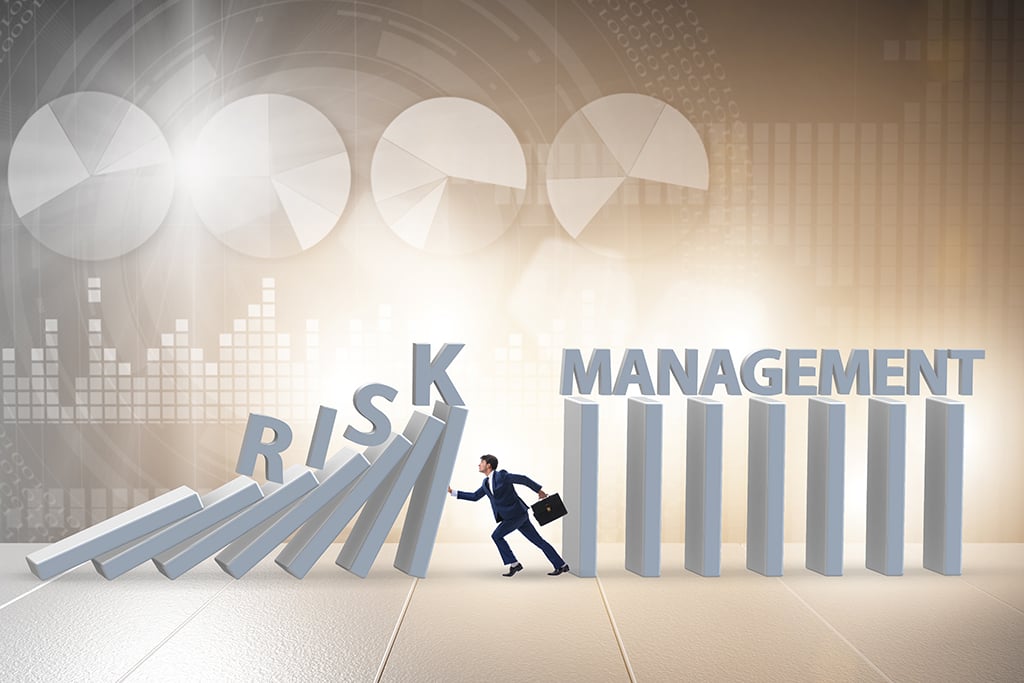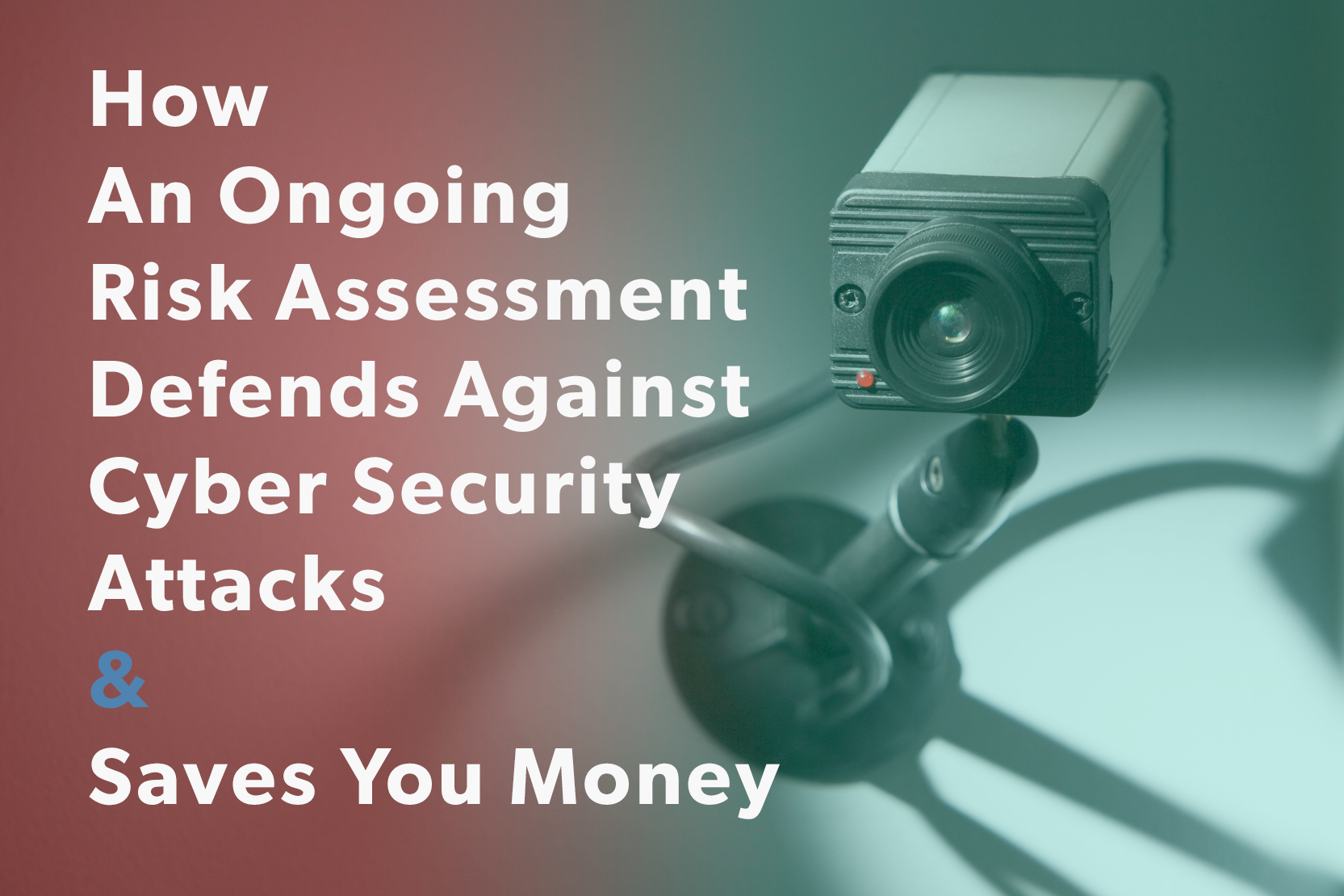How to Implement a Vendor Risk Management Program
Here are the key takeaways from this blog:

Here are key takeaways from this blog:
Risk Assessment and Analysis Are Distinct but Complementary. Understanding this distinction is critical to avoiding blind spots in security planning.
Check out the Cyber Risk Management Model that examiners reference below
Cyber risk assessment has evolved from a technical necessity into a business-critical discipline.
A single vulnerability can trigger financial losses, regulatory penalties, and reputational harm, which is why it is important to identify, analyze, and prioritize those vulnerabilities before they turn into incidents.
Unfortunately, many organizations still conflate risk assessment with risk analysis, a confusion that often leads to incomplete evaluations and blind spots in defense planning, which is what we’ll cover in this blog.
With advances in automation and AI, modern teams can now conduct risk assessments continuously rather than treating them as a once-a-year task.
Although the two terms are often used interchangeably, risk assessment and risk analysis represent different steps in the same process.
A risk assessment is the full exercise of identifying potential threats, evaluating their impact, and prioritizing response efforts. It forms the foundation of risk management and informs decisions across business and IT functions.
Risk analysis, by contrast, is one part of that broader effort. It focuses specifically on evaluating the risks already identified, measuring their likelihood, potential impact, and speed of occurrence. The distinction is similar to preparing a full meal versus cooking one course: analysis is essential, but only part of the larger recipe.
The first phase of a risk assessment involves experts in a field trying to come up with as many plausible “bad” scenarios as they can. Examples of these scenarios include things like:
Once plausible risks are named, it's time to score them. Risk analysis involves carefully considering each risk and assigning the priority of the risk to them. Prioritization is determined using quantitative and qualitative methods.
Using quantitative scoring, the amount each risk could cost your company is multiplied by the likelihood of a risk occurring in a given year. This is a quick way of generating easy-to-understand numbers that you can use to compare risks and figure out what resources your company should devote to preventing them, but it relies on having a good estimate of both the cost of the risk and the likelihood of it occurring.
Qualitative scoring uses a subjective rubric to assign multiple numbers to each risk.
These numbers are a bit more difficult to understand at a glance, but they can shed more light on what specific precautions your business should take about each risk. Proper analysis relies on your team being able to make knowledgeable, honest assessments about how your business would interact with each risk and how likely a risk is to occur.
Risk assessment teams break down identified risks into three categories: high, medium, and low priority.
In regulated industries, risk assessments are not optional; they’re mandatory under laws and frameworks that define how organizations safeguard data. Financial institutions must comply with FFIEC, GLBA, and PCI DSS, healthcare entities adhere to HIPAA and companies handling personal information are bound by GDPR.
Manual processes slow progress and introduce inconsistency. Automating data collection, scoring, and reporting through an integrated platform can greatly improve accuracy and efficiency. As risks evolve, whether through AI misuse, third-party exposure, or software supply chain weaknesses, continuous monitoring becomes essential.
Finally, aligning scoring methods across departments is critical. Standardized evaluation criteria and a centralized risk register ensure that everyone speaks the same language when it comes to risk.
AI and automation are transforming how organizations identify, assess, and manage cyber risk. Machine learning models can surface patterns across vast datasets, spotting subtle indicators of vulnerability that manual reviews often miss. These insights enable predictive forecasting, helping teams anticipate and mitigate threats before they escalate.
Automation extends this advantage by handling repetitive tasks like data gathering, evidence collection, and control mapping, freeing analysts to focus on strategic decisions.
For example, Rivial’s AI-powered vendor reviews automatically evaluate the security posture of third parties, analyzing documentation and control data in minutes rather than weeks. This same intelligence can be applied across risk domains, turning fragmented data into actionable insights that strengthen overall resilience.
Traditional risk assessments often rely on subjective ratings that vary from one reviewer to another. Rivial’s Quantitative Risk Assessments replace that subjectivity with measurable, data-backed analysis.
Using Monte Carlo analysis combined with real-world breach data and cyber risk quantification to predict potential financial losses and accurately measure cyber risk. This approach helps organizations understand not only what risks exist but also how much they could cost in real terms.
Check out the Cyber Risk Management Model that examiners reference below

Here are the key takeaways from this blog:

1 min read
Here are the key takeaways from this blog: Qualitative vs. Quantitative Risk Assessments: Qualitative methods offer a broad, subjective view of...

1 min read
Here are the key takeaways from this blog: One-time assessments are outdated — the pace and complexity of today’s cyber threats require continuous,...